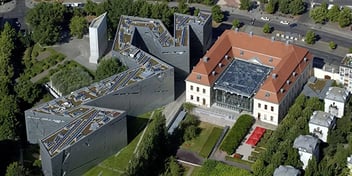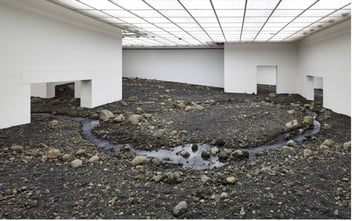Slowness
If 2020 taught us the value in anything, it was that moving through life at a slower pace isn’t such a bad thing. Not only were we personally compelled to slow, but we saw architecture slow with us.
Slowness has connotations of consideration, being deliberate and relaxation. It has connotations of taking the time, thinking and acting rationally.
How can we embrace these things as designers? How can we encourage clients to embrace slowness? Not for our own personal benefit (although it would be nice) but for the benefit of the environment.
Slowness and sustainability go hand in hand.
According to the 2018 National Waste Policy, Australia produces 20.4MT of construction and demolition waste, of this, 6.7MT went into landfill, the remaining 13.7MT is either recycled, illegally dumped, reused, reprocessed or stockpiled.
What can reduce, reuse, recycle mean when we are talking about buildings.
Reduce; is a new building the answer to the problem? Can the building be reduced in size to accommodate the cost of more sustainable practices?
Re-use; can the building be reused? Repurposed? Reprogrammed?
Recycle; can the building be disassembled, the materials recycled?
Be slow and be deliberate about the decisions you make. If we encourage slowness in the industry, perhaps buildings will be designed to last, made to last. Not just as a quick pay check.
How slow can you go?






